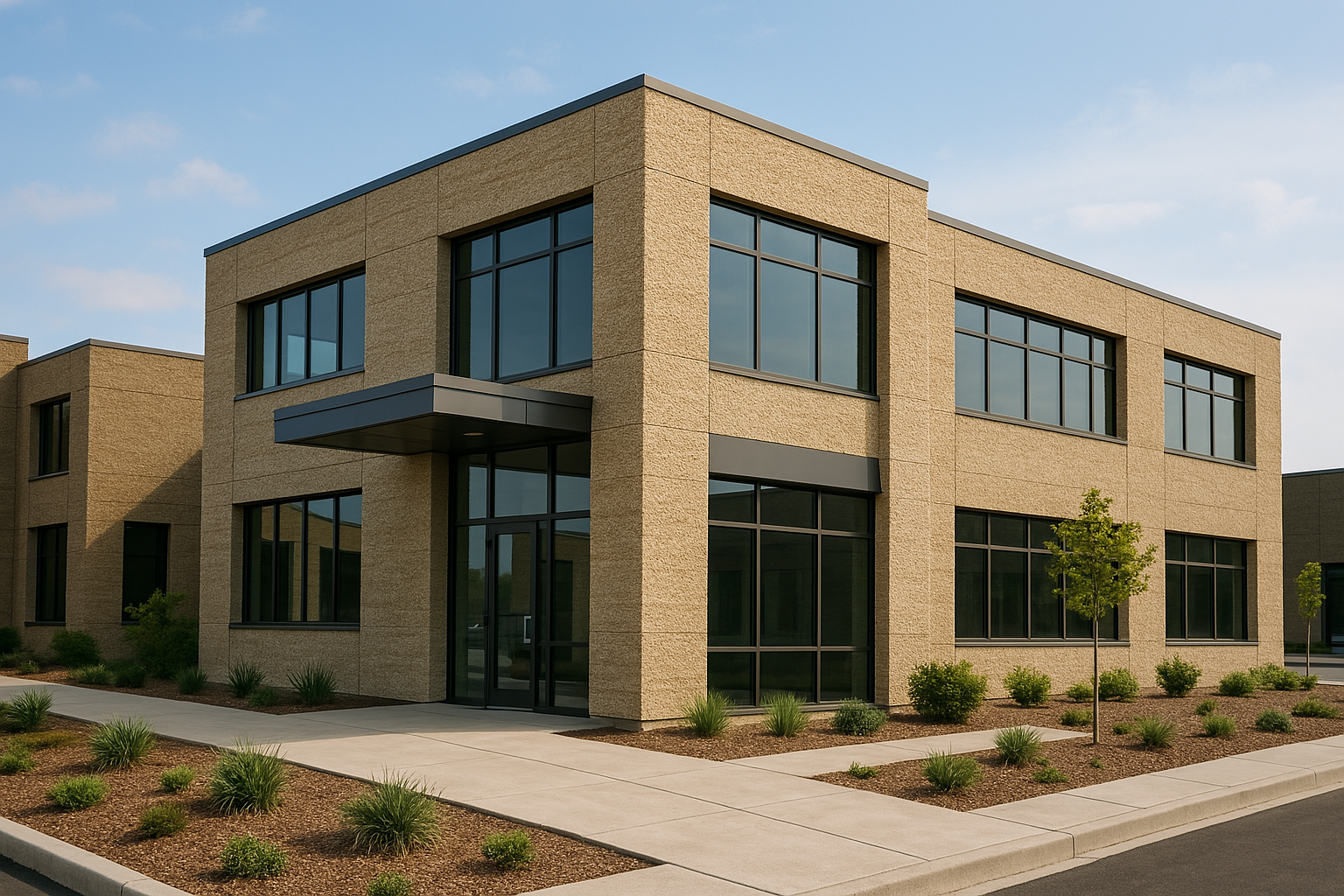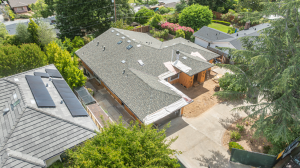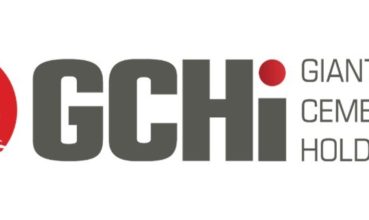Press Release • Jun 11, 2024 09:00 PDT LOS ANGELES, June 11, 2024 (Newswire.com) – Royal Moving & Storage is now extending its expertise to property management. This expansion ai...
Ray Kaderli on Hemp Construction's Financial Edge in Commercial Real Estate




“If I have a warehouse that rents for $1 a square foot plus triple nets, and I have another warehouse that rents for the exact same price, but one is more efficient, my value is higher on the more efficient one because the net operating income is higher. This efficiency is just a straight line multiplier,” explains Ray Kaderli (co-founder of Hemp Build School), a prominent figure in the hemp building sector. “Using hemp as insulation should increase the efficiency by about 30 to 60%.”
As sustainability increasingly aligns with profitability, hemp-based construction materials are becoming a significant element in commercial real estate investment strategies. Once relegated to experimental projects, hemp-based building materials — particularly hempcrete — are steadily moving into the mainstream, offering compelling advantages for investors focused on operational efficiency and long-term value creation.
The Energy Efficiency Proposition
The most immediate benefit of hemp-based construction materials lies in their remarkable insulation properties. According to industry experts, buildings insulated with hempcrete can achieve energy performance improvements of 30-60% compared to traditional construction methods. For commercial real estate investors, this translates directly to improved net operating income (NOI) and, consequently, higher property valuations.
“Commercial real estate is strictly valued on its performance,” Kaderli emphasizes. “If I’ve got a warehouse that’s more efficient, my value is higher because the net operating income is higher.”
This performance proposition becomes particularly compelling for specific commercial asset classes:
- Cold Storage Facilities: One European beer distributorship built with thick hempcrete walls reportedly achieved such high thermal retention that it barely requires refrigeration. “When they deliver beer kegs, they take them 5 or 10 degrees colder than normal. The building is so well-insulated that the cold from the beer kegs maintains everything at the optimal temperature,” notes Kaderli.
- Data Centers: The climate control demands of data centers make them prime candidates for hempcrete applications. “You can’t run data centers where it gets extremely hot or extremely cold,” explains Kaderli. “With better insulation, you’ve substantially reduced operational costs for cloud-based storage.”
- Specialized Storage: The material’s humidity regulation capabilities offer unique advantages for specialized applications. “If you were a museum with actual artifacts, you would build a hempcrete storage facility because it regulates relative humidity to the point where artifacts don’t decay,” Kaderli points out.
Beyond the Sustainability Label
While hemp’s environmental credentials certainly appeal to ESG-focused investors, industry insiders emphasize that the business case stands on purely financial grounds.
“Profitable real estate is our drug of choice,” Kaderli states bluntly. “We take all these creative things, boil it down into a math equation, and then we sell the math equation. Having variables that are both functional and attractive makes it easier to sell, but ultimately it’s about the numbers.”
This pragmatic approach parallels developments in other industries. European automotive manufacturers have incorporated hemp-based materials into components like door panels — not primarily as a sustainability initiative, but because the material properties are superior.
“They don’t even use it to paint themselves green,” notes Kaderli. “It’s just a better material. It’s strictly pragmatic.”
Investment Opportunities Emerging
As the hemp building materials sector matures, several distinct investment opportunities are taking shape:
- Direct Real Estate Development: Investors are beginning to launch specialized funds focused on hemp-based construction. “One investment fund launching in San Antonio will build affordable homes to hold as rental properties using hemp-based materials,” shares Kaderli, who is involved with the project.
- Commercial Applications: Warehouse and flex space projects incorporating hempcrete insulation are in development, providing early case studies for performance claims. “There’s another commercial project we’re looking at that will hopefully use hempcrete as the insulation,” Kaderli mentions.
- Processing Infrastructure: As the supply chain develops, processing facilities represent a significant real estate opportunity. “Imagine yourself driving through any rural part of America. However often you see a grain silo or grain elevator, that’s how often you’re going to see a hemp processing facility, because the same mileage efficiencies apply,” predicts Kaderli.
Industry Organization Accelerating Development
The industry’s growth is being supported by increasing organization and institutional structure. The US Hemp Building Association serves as a trade association that “advocates for all things materials and methods building with hemp,” according to Kaderli, who previously headed the organization.
Meanwhile, industry initiatives are raising the profile of hemp building materials within the broader construction industry. At a recent Greenbuild conference in Philadelphia, a coalition of hemp-focused organizations and companies showcased building applications, helping to educate stakeholders across the real estate value chain.
From Niche to Mainstream
While hemp construction materials still face education and perception challenges, proponents believe adoption will accelerate rapidly once performance data becomes widely available.
“When efficiency improvements create greater value than their cost, that’s when one plus one equals three in real estate,” says Kaderli. “You can sell that story to investors all day long because the math is compelling.”
Major brands are also helping to normalize hemp-based materials. Clothing company Patagonia recently funded an award-winning documentary called “The Green Buffalo” highlighting hemp’s environmental and performance attributes. Such mainstream corporate interest signals growing market acceptance.
The Investment Horizon
Commercial real estate has always prized operational efficiency, but hemp-based construction offers a new formula: materials that deliver both environmental benefits and operational savings. For investors, these dual advantages present an opportunity to position assets ahead of both regulatory trends and market demands.
As Kaderli observes: “Hemp can come in as a restorative element. There are hundreds of stories to be told.”
The data will ultimately drive adoption, with early adopters already creating the case studies that will inform the next wave of commercial development. Those who can effectively quantify and capture the operational benefits of hemp-based construction may find themselves with properties that outperform the market not just in sustainability metrics, but in the financial calculations that have always driven commercial real estate valuation.
Similar Articles
Explore similar articles from Our Team of Experts.


Framing Open House in Los Altos Inside the Home Home Design Elements Our Framing Open House was more than just a showcase; it was a celebration of collaboration, community, and the exciting ...


Avamere at Oak Park, an assisted living community in Roseburg, Oregon, earned the 2024 Silver – Achievement in Quality Award. This award is a true honor and testament to our dedication to ...


HARLEYVILLE, S.C., June 17, 2024 /PRNewswire/ — Giant Cement Holding, Inc. (GCHI) is pleased to announce the appointment of Mr. Michael Greto as Vice President of Supply Chain. Mr. Gr...


Data Center Land for sale in Dallas Texas with Strategic Development of Hyperscale Data Centers: An aerial view of prime land parcels ready for the development of hyperscale and cloud data c...




